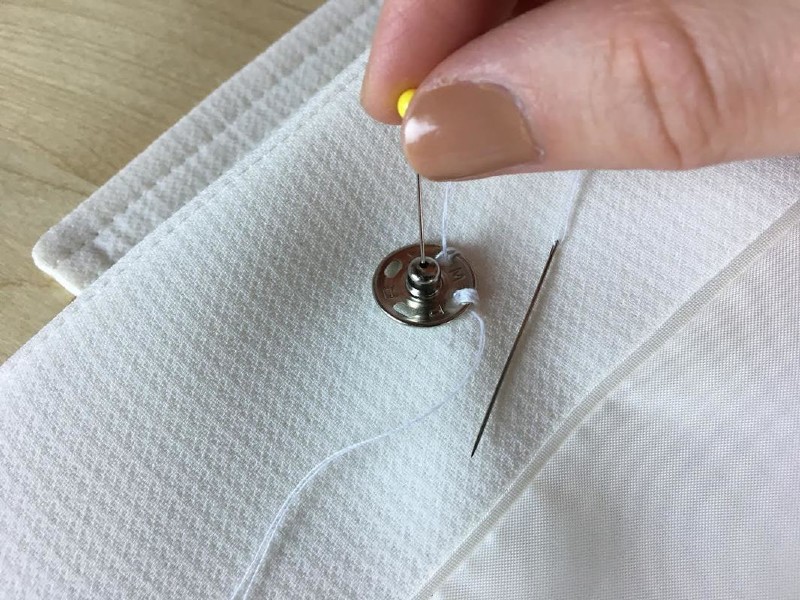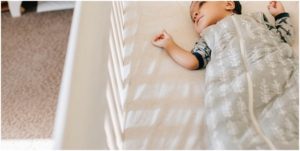
Sew-on snap magnet – types, how to sew, and other details

SNAP is a common word. This word has a wonderful resonance and brings back happy childhood memories of matching up things and feeling good about you. You will feel the same good feelings when you learn how to sew snaps. They are an easy way to finish a garment without worrying about buttonhole issues and they can be very simple. These snap magnets are ideal for leather clothes and accessories. Mail at info@richarms.com and get in touch with the best leather hardware manufacture if you are looking for magnetic fasteners, clasps, snaps, etc.
How to sew on snaps
The snap can be divided into halves. Grab the ball side first. The ball snap position should be marked on the underside flap. Begin your stitching by attaching a double backstitch or knot to the snap. For an invisible finish, if you have two layers of fabric, then simply pass through the top layer. Pass your needle around one of the snap holes. Next, secure each hole by securing the needle with 2-3 stitches.
Make sure that you do not have any stitches visible on the right side. Either stitch with a regular overstitch, or go fancy and use a buttonhole. Once you are done with your first few stitches push the needle through the fabric to go on to the next hole. There are generally four holes around the edge. Different brands might have more holes or fewer. Secure the snap with a hidden stitch. Repeat the process for the socket side. The socket side of the snap will be sewn to the top of your flap.
How to line up a snap
A pin can be used to mark the spot, but it is not a reliable way to get the snap’s ball to fit into the socket. Instead, sew the side of the snap in place and then rub tailors chalk onto the tip of it. Finally, press the ball over the socket. You will be able to mark the exact location for sewing the other half of the snap with the chalk that rubs off. You will then have a perfect match.
Parts of a snap
Snaps have two pieces that snap together. The ball is the snap’s side and it has a knob that sticks up. The socket is the other side of the snap. The ball fits in the socket. The snap’s ball side is sewn onto the overlap side of fabric. It is then matched with the socket on its underside. You can choose from a variety of sizes and colors for sew-on snaps, including clear, metallic and plastic varieties. Larger snaps can be used to attach heavier materials, while smaller snaps work better on lighter fabrics like silk.
Easy alternative
Snap tape is also an option if you need to align several snaps in one row. Snap tape features the socket and ball snaps on one end of the tape, while the socket snaps in rows on the other. All snaps are ready to be connected when the tape is sewn in. Simply use a zipper foot to sew around the edges of tape.


